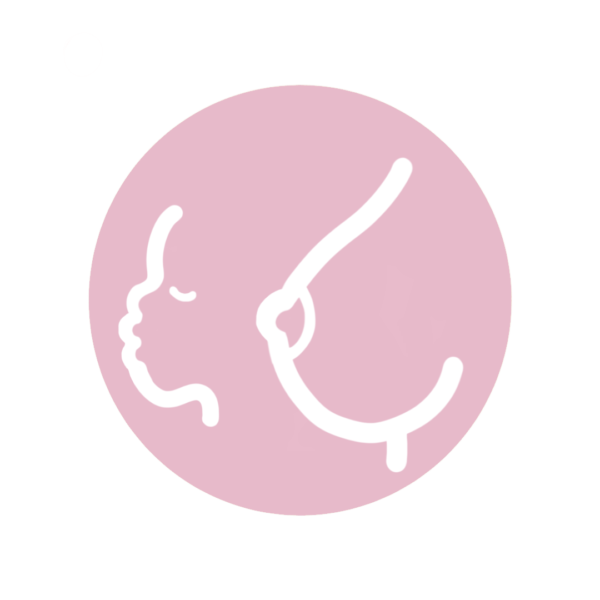Breastfeeding problems: my baby does not suck
Breastfeeding

Babies are born with an instinct to suck. They have been practicing this skill since they’re in the womb. However, they need to learn about your breasts and milk flow to be able to feed well and grow healthily.
Here are some common scenarios that many moms experience with their babies.
Baby refuses to suck
There are many reasons for a baby to refuse the breast. They include problems with the baby’s tongue or their temperament at the time of feeding, but there are other possible causes of refusal to suck. Here are some of them and the ways to deal with them.
- Improper latch: Without a proper latch, the baby can’t get the milk out properly. This can lead to frustration and eventually refusing the breast. To get a latch, stimulate the baby’s rooting reflex by brushing your nipples against the corner of their mouth to get your baby to open the mouth. Then, keeping their body close to and lower than your breasts, bring the wide-open mouth to your breast to start feeding.
- Nipple confusion: If your baby drinks from both the breasts and bottle, nipple confusion could be the cause; babies need a different suckling skill to feed on the breast than from the bottle. But this usually happens in the first month. So, try to maintain exclusive breastfeeding for the first 4 weeks, which is the critical period when the baby is trying to get used to your nipples.
- Distraction: For a little older baby — like 2-3 months old — the problem might be distraction from the environment. So, try to find a calm place to nurse your child.
Baby sucks for a few minutes and pulls off
If your baby latches properly and starts sucking, but pulls away shortly after and starts crying, you can suspect that the baby is not getting milk fast enough. These are some common causes of such cases and how to deal with them:
- Slow let-down: The milk ejection reflex, or the let-down reflex, is stimulated by the baby’s sucking. For some moms who have slow let-down, it may take a while for milk to start flowing after the baby’s initial sucking attempts. This may frustrate the hungry baby. To prevent this, try to stimulate let-down earlier by pumping a few minutes before feeding your baby.
- Too hungry: You can tell that a baby wants to feed when they start turning the head toward the breast or start smacking their lips. Knowing and spotting your baby’s hunger cues early can help you to ensure proper latching early enough before the baby starts crying. Cuddling or gently rocking the baby until the crying subsides before starting to nurse can also help.
Verified:
Dr. Wanwadee Sapmee Panyakat (OB-GYN), license no. 41208 (10 November 2021)



